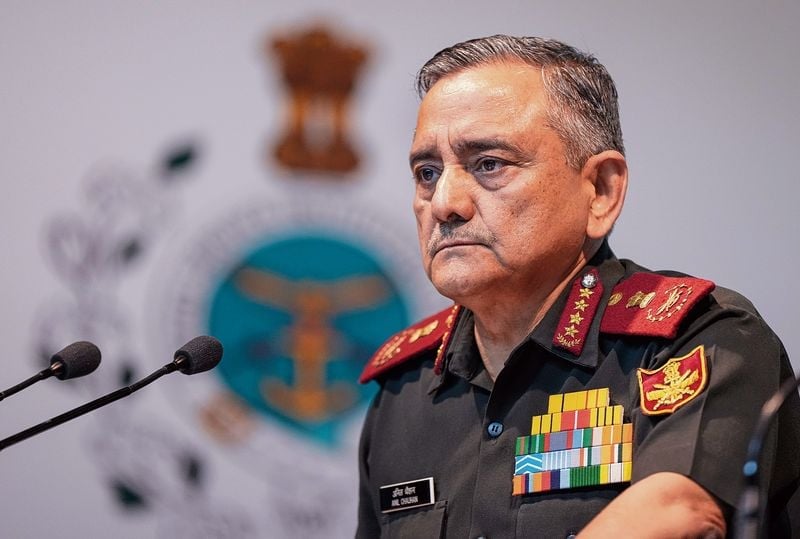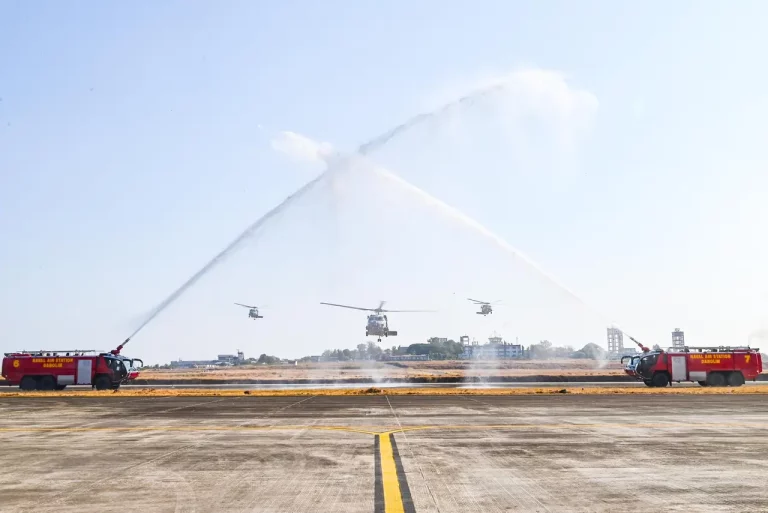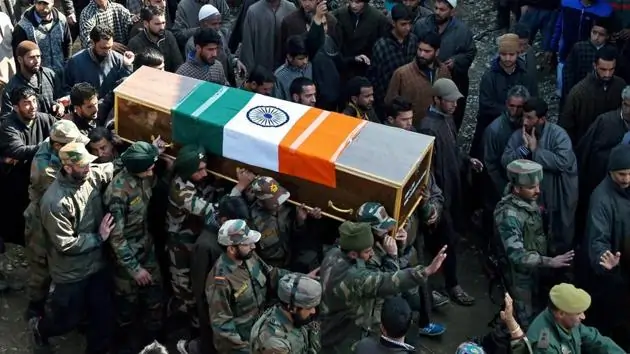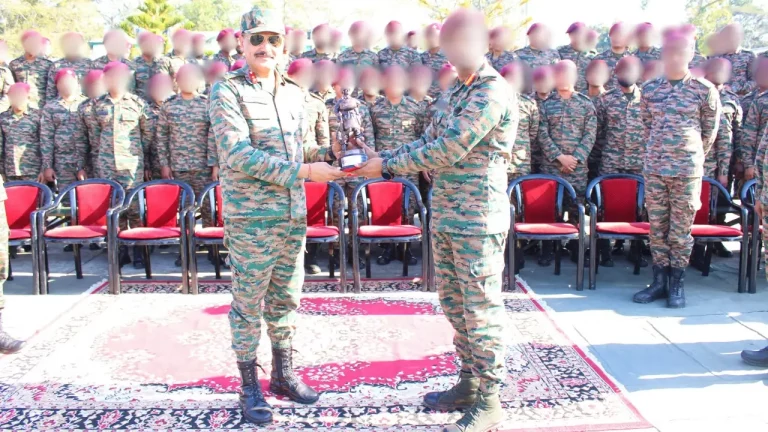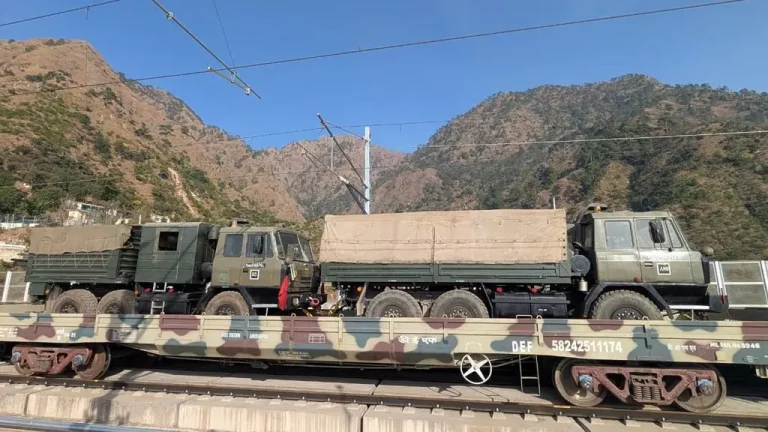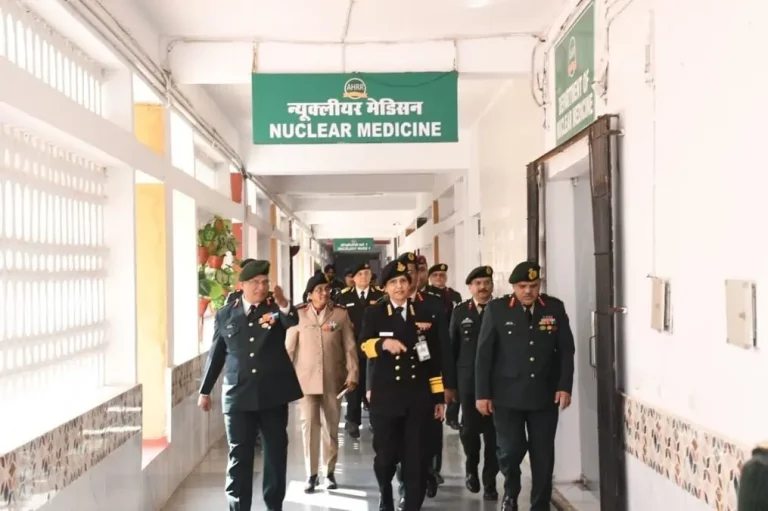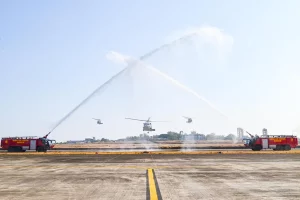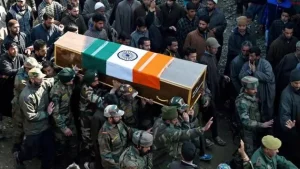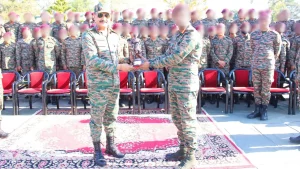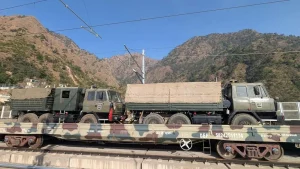In a significant disclosure at the Shangri-La Dialogue in Singapore, Chief of Defence Staff General Anil Chauhan revealed the integral role of information warfare in contemporary military operations. He highlighted that combating misinformation accounted for about 15 percent of the duration of Operation Sindoor, a multi-domain campaign triggered by the April 22 attack in Pahalgam. This operation, which commenced with targeted airstrikes on terror locations in Pakistan and Pakistan-occupied Kashmir on May 7, reflects a shift towards a modernized approach to warfare, integrating cyber strategies and disinformation efforts alongside traditional military tactics.
General Chauhan detailed that Operation Sindoor was characterized by non-contact tactics and the application of distributed forces. Notably, India utilized indigenous defense systems like the Akash missile to establish a unified and advanced defense architecture, collaborating with both domestic and international radar networks. In contrast, while Pakistan reportedly employed Chinese commercial satellite imagery during the operation, it lacked evidence of receiving real-time targeting support.
He emphasized that the efficacy of real-time integration within operational domains—air, land, and sea—hinges on the robustness of their interconnected networks. Chauhan raised critical questions about the appropriate placement of cutting-edge technologies, whether in weapons, platforms, or the networks themselves, amidst ongoing military modernization challenges.
As the nature of warfare evolves, General Chauhan pointed out the necessity for adaptable and deceptive strategies. The substantial allocation of time to address misinformation during Operation Sindoor underscored the need for a specialized vertical focused on information warfare. Despite the slower response times associated with India’s fact-based communication strategy, military systems remained secure, benefiting from air-gapping, although minor disruptions were noted on public information platforms.
Looking ahead, General Chauhan addressed the role of Artificial Intelligence in warfare, warning of its inherent risks. He noted that increased automation in decision-making could lead to escalated aggression, particularly if fewer lives are believed to be at stake. Currently, he stated that military applications of AI are constrained by their reliance on open-source data. He advocated for a deeper integration of AI in operational planning, wargaming, and intelligence functions to harness its full potential.
On the diplomatic front, General Chauhan characterized India’s long-term, strategic approach to its relations with Pakistan. He reflected on historical contexts, stating that while Pakistan was at an economic and social advantage during the partition, India’s trajectory of sustained strategy has yielded significant growth. He warned that efforts for diplomacy must be reciprocal and that disengagement could be warranted if hostilities continue.
Moreover, he highlighted the significance of India’s maritime domain given the geographical challenges posed by conflicts with China and instability in Myanmar. Concluding his remarks, General Chauhan reiterated that nuclear escalation in undeclared conflicts is irrational and cautioned that no warfare comes without hefty costs.
